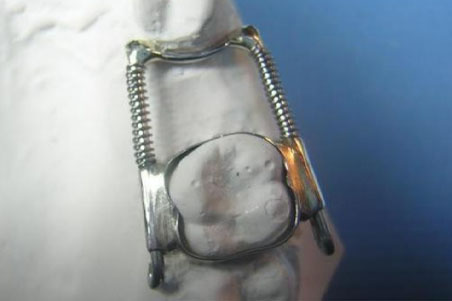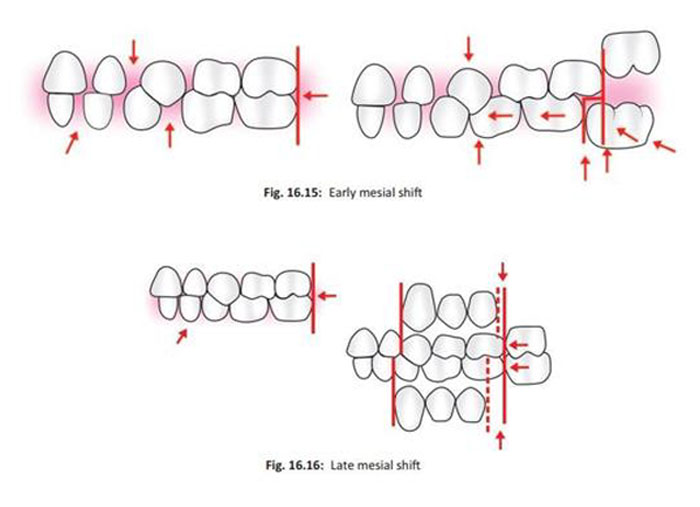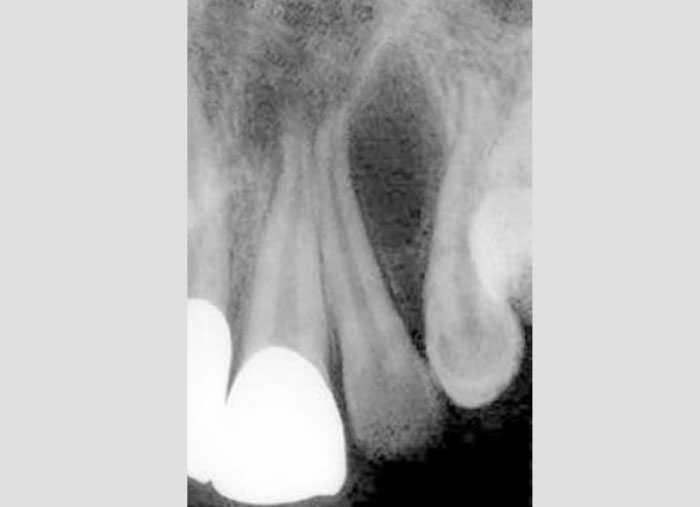- NEED HELP? CALL US NOW
- +919995411505
- [email protected]
Shock
TYPES OF SHOCK
1- Cardiogenic shock: due to acute heart failure, myocardial infarction, anaesthesia, cardiac arrest, arrhythmias …..etc
2- Oligaemic (hypovolaemic) shock: due to depletion of blood volume by:
- Blood loss: haemorrhage or trauma.
- Plasma loss: burns.
- Water loss: dehydration.
3- Vasogenic shock: due to widespread vasodilatation by:
- Reflex vasomotor paralysis: severe pain or excitement (neurogenic shock).
- Sympathetic paralysis: spinal anaesthesis (spinal shock).
- Capillary paralysis: histamine release arises from anaphylactic reactions (anaphylactic shock).
4- Septic shock:bacteraemia/endotoxaemia
CLINICAL PICTURE OF SHOCK
- Ill distressed or apathetic patient.
- Cold clammy sweat.
- Pale grayish skin.
- Collapsed veins: indicate severe oligaemia.
- Oliguria (less than 0.5 ml / min.).
- Pulse : rapid feeble pulse.
- Blood pressure: low blood pressure.
- Temperature: subnormal temperature, cold nose (severe VC), high rectal temperature is a warning sign.
- Consciousness : coma or semicoma is dangerous signs.
- Respiration: tachyapnoea (over 35/min. is serious).
INVESTIGATIONS
I- Clinical:
Estimation of volume deficit from pulse and blood pressure
| Degree of shock | Pulse rate | Blood pressure | Blood volume deficit | Prognosis |
| Moderate | 90-100 | Over 90 | 1 liter | Good |
| Severe | 100-140 | 70 –90 | 1.5 liters | Serious |
| Profound | Over 140 | Below 70 | 2 liters | Grave |
- Estimation of urine output:
- Persistent oliguria in spite of a satisfactory Bl. Pressure and CVP indicate acute tubular necrosis.
- Polyuria with increase blood urea indicates high output renal failure.
- Central venous pressure (CVP):
- Decreased in oligaemic and neurogenic shock.
- Increased in cardiogenic shock.
II- Laparotory:
- Arterial blood gases:
- O2 tension: indicate the adequacy of oxygenation, normally = 100, if decrease indicate hypoperfusion.
- CO2 tension: indicate the adequacy of ventilation, normally = 40, if increase indicate hypoventilation.
- PH: normally = 7.4.
- Haematocrite value:
- Haemoconcentration (increase HC) is an early sign of shock.
- Differentiate shock (increase HC) from haemorrhage (decrease HC).
- Arterial blood lactate:
- Increase in shock.
III- Radiological:
Estimation cardiac Output: by radioisotope study.
FIRST – AID MANAGEMENT OF SHOCKED PATIENT
Aim of treatment:
- Restore normal tissue perfusion.
- Correction of hypotension.
- Correction of microcirculation.
- Maintain CVP around 5 cm saline.
- Maintain urine output around 0.5 ml/min.
- Maintain haematocrite value around 35%.
First – aid measures:
- Arrest of bleeding.
- Dressing of open wounds.
- Splintage of fractures.
- Maintain of open airway.
- Correction of chest injury.
- O2 therapy.
- Morphia : relieves pain, alleys anxiety, and reduces tissue metabolism.
- Head-down (Trendelenburg) position, or legs elevation with maintaining the trunk in the supine position.
- Maintain body heat by blankets.
- IV cannula with lactated Ringer’s solution,
- CVP catheter.
Fluid replacement:
- Colloids: Blood, human plasma, Dextran.
- Crystalloids: Saline, Glucose, Lactated Ringer’s solution.
Drainage of Abscesses and Septic Collections.
Adjuvant treatment:
| DRUGS | EXAMPLES | ACTIONS | INDICATIONS | CONTRA INDICATION |
||
| Vasopressors |
|
Restore Bl.P. by inducing widespread vasoconstriction |
|
|
||
| Vasodilators |
|
With large volumes of IV fluids they open up the microcirculation and improve tissue perfusion |
|
|
||
| Diuretics |
|
When fluid has restored Bl.P. but failed to correct oliguria. |
||||
| Acid-base correction |
|
Metabolic acidosis | ||||
| Steroids |
|
– Improve cardiac, pulmonary and renal functions – Decrease vascular outflow obstruction. – Stabilizing capillary & lysosomal membranes. |
|
|||
| Cardiotonics |
|
Cardiogenic shock | ||||
| Antibiotics |
|
|
||||
Click here to view QA and Description for Shock




